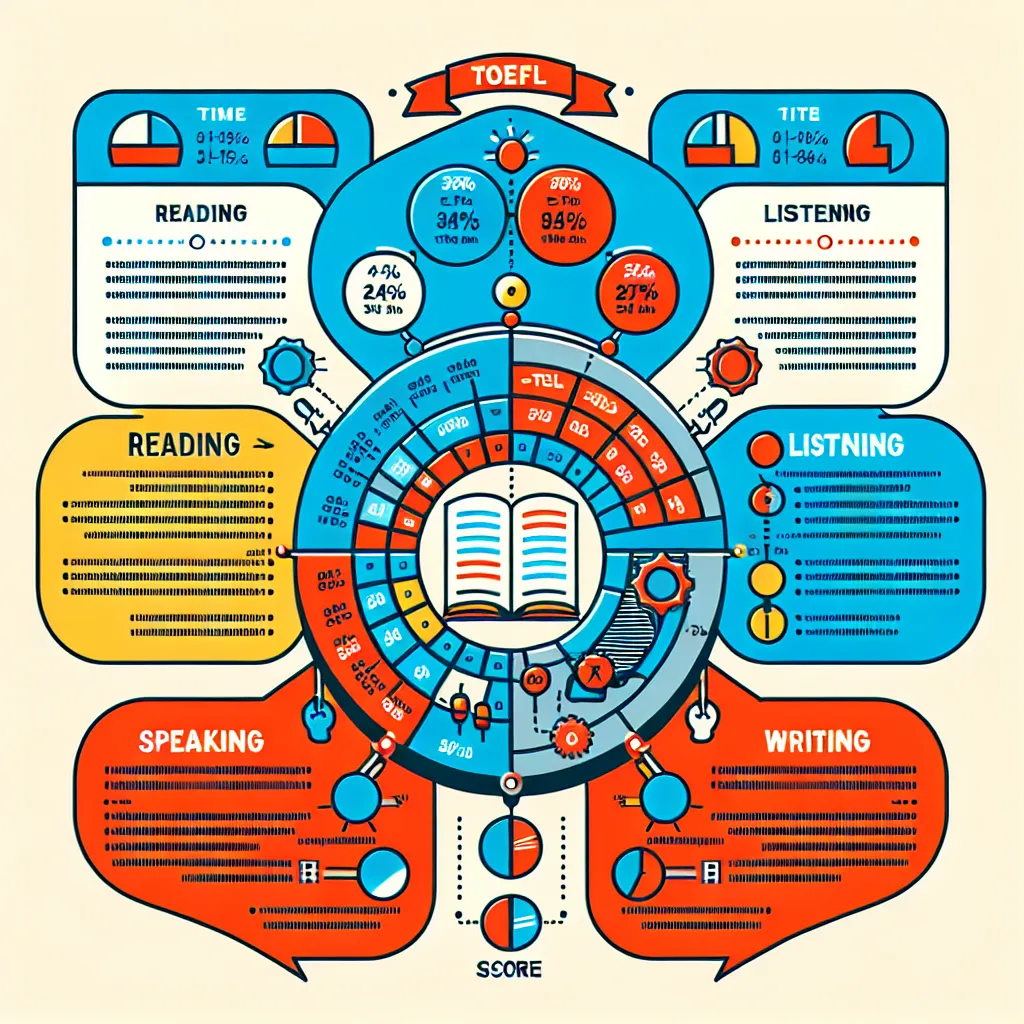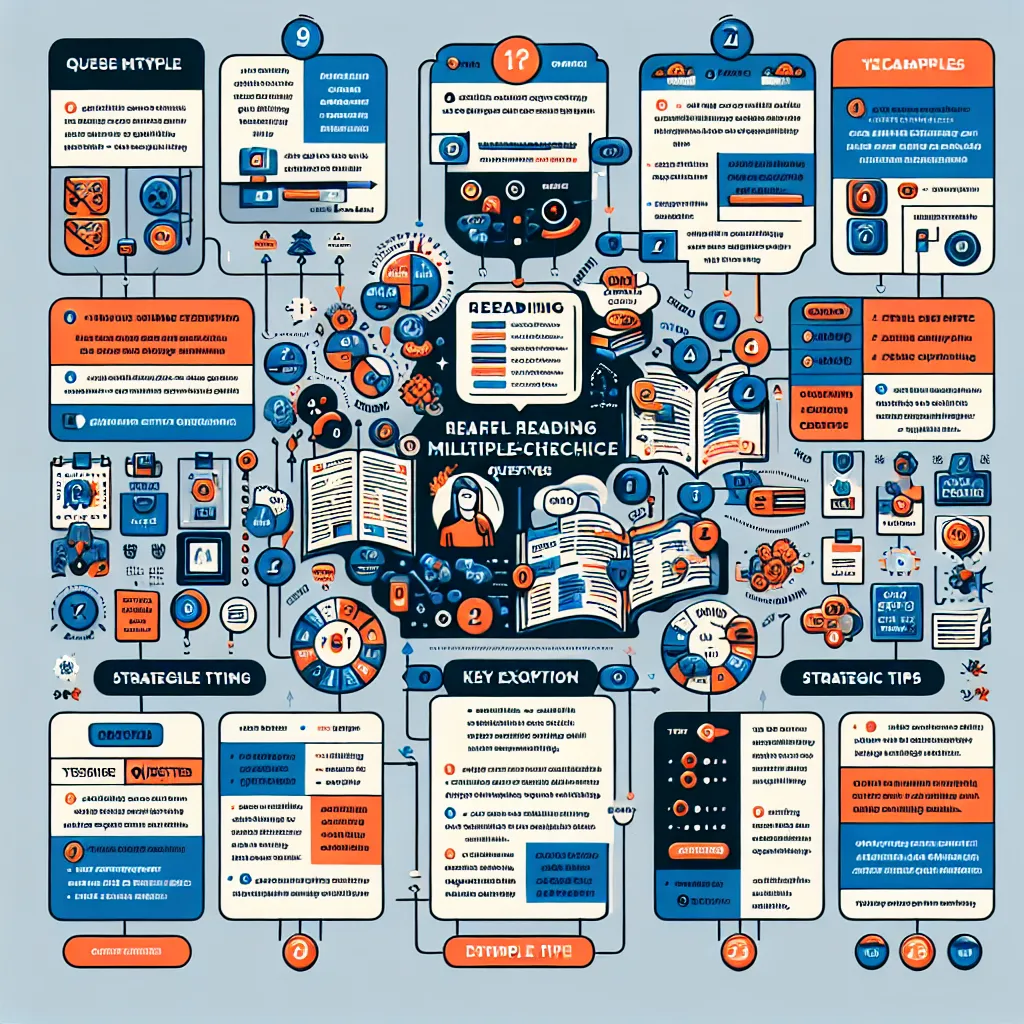Are you preparing for the TOEFL iBT and wondering about the scoring process for the Listening section? Understanding how this crucial part of the test is evaluated can significantly boost your confidence and help you develop effective strategies. In this comprehensive guide, we’ll delve into the intricacies of TOEFL iBT Listening scoring, providing you with valuable insights to enhance your performance.
Understanding the TOEFL iBT Listening Section
The TOEFL iBT Listening section is designed to assess your ability to comprehend spoken English in academic settings. It typically consists of 3-4 lectures and 2-3 conversations, with a total of 28-39 questions. The section lasts for 41-57 minutes, depending on the number of passages included.
 TOEFL iBT Listening Section Overview
TOEFL iBT Listening Section Overview
How is the TOEFL iBT Listening Section Scored?
Raw Score Calculation
The scoring process for the TOEFL iBT Listening section begins with a raw score. This is simply the number of questions you answer correctly. Each correct answer is worth one point, and there is no penalty for incorrect answers. Therefore, it’s always in your best interest to answer every question, even if you’re unsure.
Conversion to Scaled Score
The raw score is then converted to a scaled score ranging from 0 to 30. This conversion is not a simple percentage calculation. Instead, it uses a complex algorithm that takes into account the difficulty level of the questions you answered.
For example, if you answered 30 out of 39 questions correctly, your raw score would be 30. However, this doesn’t necessarily translate to a scaled score of 23 (which would be roughly 77% of 30). The actual scaled score could be higher or lower, depending on the difficulty of the questions in your particular test.
Score Reporting
Your final Listening score, on the 0-30 scale, will be reported along with your scores from the other sections (Reading, Speaking, and Writing) on your TOEFL score report. The sum of these four scores gives your total TOEFL iBT score, which ranges from 0 to 120.
Factors Influencing Your Listening Score
Several factors can impact your performance and, consequently, your score in the TOEFL iBT Listening section:
- Comprehension of main ideas
- Understanding of important details
- Ability to make inferences
- Recognition of a speaker’s attitude or purpose
- Understanding of organization and connections between ideas
Question Types and Their Impact
The Listening section includes various question types, each assessing different aspects of your listening comprehension:
- Multiple choice (single answer)
- Multiple choice (multiple answers)
- Order sequencing
- Matching
Mastering these different question types can significantly improve your score. For instance, multiple-choice questions with multiple correct answers are typically more challenging and may carry more weight in the scoring process.
 TOEFL Listening Question Types
TOEFL Listening Question Types
Strategies to Improve Your TOEFL iBT Listening Score
To maximize your score in the Listening section, consider implementing these strategies:
-
Practice active listening: Focus on understanding the main ideas and important details as you listen.
-
Take effective notes: Develop a note-taking system that works for you, focusing on key points and relationships between ideas.
-
Familiarize yourself with academic vocabulary: Many lectures use specialized terms. Expanding your academic vocabulary can significantly improve your comprehension.
-
Listen to a variety of accents: The TOEFL iBT features speakers with different English accents. Expose yourself to various accents to improve your overall listening skills.
-
Improve your concentration: The Listening section requires sustained focus. Practice listening to long passages without losing concentration.
-
Use practice tests: Take official TOEFL iBT practice tests to familiarize yourself with the format and timing of the Listening section.
Common Pitfalls to Avoid
Be aware of these common mistakes that can negatively impact your Listening score:
- Focusing too much on details and missing the main idea
- Getting distracted by unfamiliar words instead of using context to understand
- Not managing time effectively, especially during note-taking
- Overthinking answers and second-guessing yourself
- Letting anxiety or stress affect your concentration
Next Steps in Your TOEFL iBT Preparation
Now that you understand how the TOEFL iBT Listening section is scored, it’s time to put this knowledge into practice:
- Set a target score based on your current level and the requirements of your target institutions.
- Create a study plan that includes regular listening practice and mock tests.
- Review your performance after each practice session, identifying areas for improvement.
- Gradually increase the difficulty and length of your listening materials as you progress.
- Consider using TOEFL preparation resources or working with a tutor for personalized guidance.
Remember, improving your listening skills takes time and consistent effort. Stay motivated and track your progress regularly to ensure you’re on the right path to achieving your desired TOEFL iBT Listening score.
Understanding the scoring process of the TOEFL iBT Listening section is a crucial step in your test preparation journey. By familiarizing yourself with the scoring method, question types, and effective strategies, you’re setting yourself up for success. Keep practicing, stay focused, and approach your TOEFL iBT with confidence. Good luck with your preparation!




